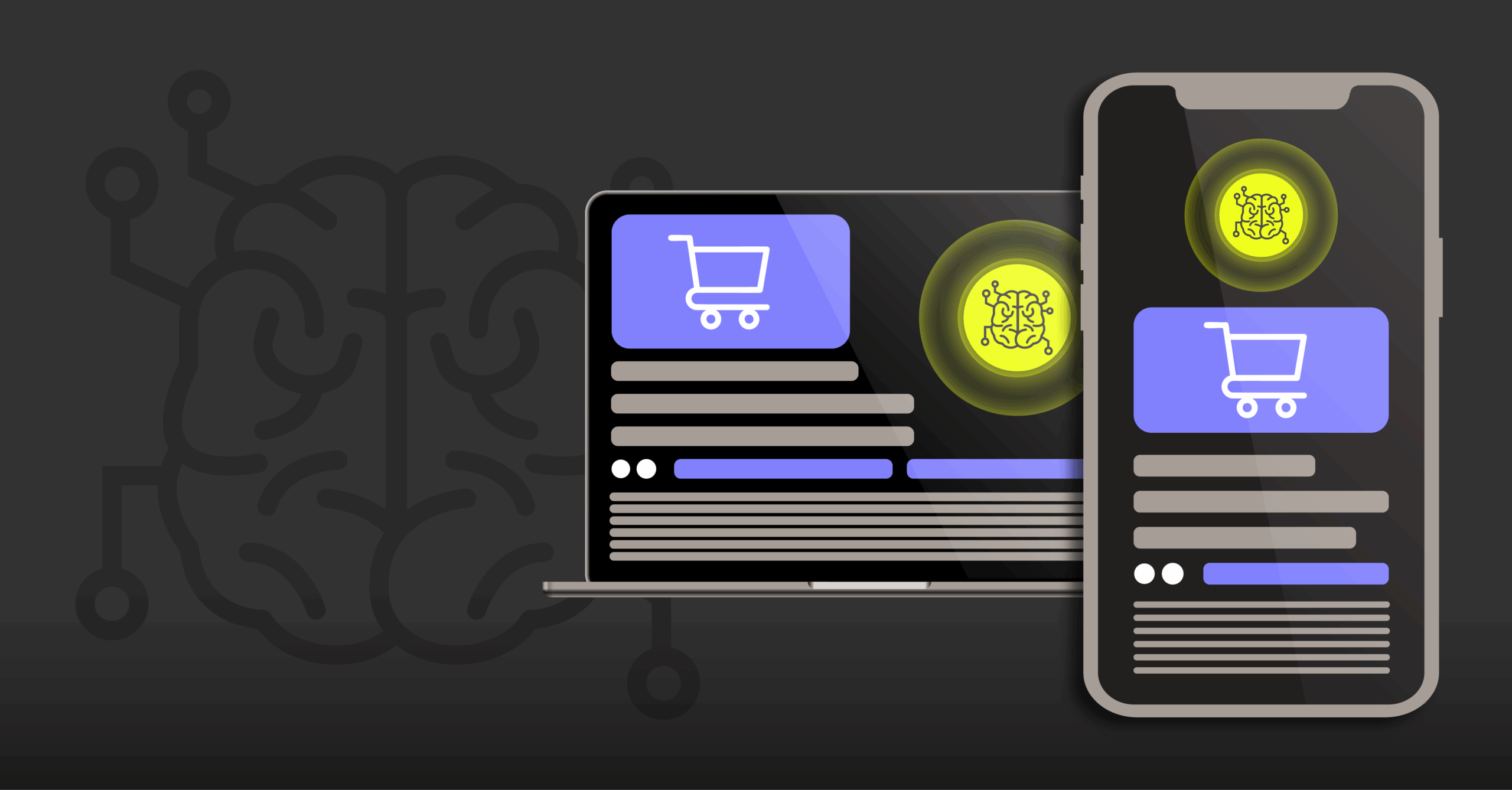
What Is Observability & Why It Matters

Understanding what is observability is essential for organizations aiming to maintain reliable, high-performing digital systems. As applications become more complex and distributed, the ability to monitor, analyze, and act on system data is no longer optional—it’s a necessity. This article explores the definition of observability, its foundational pillars, and its critical role in modern digital business environments. Whether you’re new to the concept or seeking to refine your organization’s approach, this guide provides clear explanations and actionable insights.
Definition of Observability
Observability, in the context of software and systems engineering, refers to the ability to measure a system’s internal state by examining its external outputs. In practical terms, observability enables teams to understand what is happening inside their applications and infrastructure without direct access to the internal workings. This is achieved by collecting and analyzing data generated by the system, such as metrics, logs, and traces.
The concept of observability originates from control theory, where it describes how well internal states of a system can be inferred from knowledge of its external outputs. In modern IT, observability extends beyond traditional monitoring by not only detecting when something goes wrong but also providing the context needed to diagnose and resolve issues efficiently. This shift is crucial for organizations operating in dynamic, distributed, or cloud-native environments, where complexity can obscure the root causes of performance or reliability problems.
The Three Pillars of Observability: Metrics, Logs, and Traces
A comprehensive observability strategy is built on three foundational data types, often referred to as the “three pillars”:
Metrics
Metrics are numerical measurements that provide quantitative insights into system performance and health. Examples include CPU usage, memory consumption, request rates, and error counts. Metrics are typically aggregated over time, making them ideal for identifying trends, setting alerts, and tracking service-level objectives (SLOs). To streamline this process, tools like Mobile SLOs from Embrace help teams track and maintain critical service levels for mobile applications.
Logs
Logs are timestamped records of discrete events that occur within a system. They capture detailed information about application behavior, errors, and user actions. Logs are invaluable for troubleshooting, as they provide context and narrative around specific incidents or anomalies. Solutions such as Embrace Mobile Issue Resolution empower teams to quickly investigate and resolve critical incidents using comprehensive logging and event data.
Traces
Traces follow the path of a single request or transaction as it moves through various components of a distributed system. Tracing reveals how different services interact, where bottlenecks occur, and how latency is introduced. This is especially important in microservices architectures, where a single user action may trigger a cascade of service calls. For teams looking to unify their tracing across mobile and backend, our OpenTelemetry provides robust end-to-end support.
By integrating metrics, logs, and traces, organizations gain a holistic view of their systems, enabling faster detection, diagnosis, and resolution of issues.
Why Observability Matters for Modern Digital Business
For modern digital businesses, observability is not just a technical concern—it is a strategic imperative. Here’s why:
- Proactive Issue Detection: Observability allows teams to identify and address problems before they impact users, reducing downtime and improving customer satisfaction.
- Faster Incident Response: With comprehensive data, teams can quickly pinpoint the root cause of issues, minimizing mean time to resolution (MTTR).
- Continuous Improvement: Observability provides insights into system performance and user behavior, informing decisions about optimization and innovation.
- Regulatory Compliance: Detailed logs and traces support audit requirements and help demonstrate compliance with industry standards.
- Business Agility: As organizations adopt DevOps and continuous delivery practices, observability ensures that rapid changes do not compromise reliability or performance.
In short, observability empowers businesses to deliver reliable, high-quality digital experiences in an increasingly competitive landscape. For industries such as media and entertainment, robust observability is essential to meet user expectations at scale.
Observability in Cloud-Native and Complex System Environments
The shift to cloud-native architectures, microservices, and distributed systems has amplified the need for robust observability. These environments introduce new challenges:
- Increased Complexity: Applications are composed of many loosely coupled services, often running on ephemeral infrastructure.
- Dynamic Scaling: Resources are provisioned and deprovisioned automatically, making static monitoring insufficient.
- Decentralized Ownership: Different teams may own different services, requiring standardized observability practices.
In such contexts, traditional monitoring tools fall short. Modern Mobile Observability platforms must collect, correlate, and analyze data across diverse environments, providing unified visibility. For example, a user request in a mobile banking app may traverse multiple microservices, databases, and third-party APIs. Without end-to-end tracing and contextual logging, diagnosing latency or failures becomes nearly impossible.
Cloud-native observability solutions leverage automation, machine learning, and advanced analytics to surface actionable insights from vast amounts of telemetry data. This enables organizations to maintain control and confidence, even as their systems evolve rapidly.
Building an Effective Observability Strategy for Your Organization
Developing a successful observability strategy requires a thoughtful, systematic approach:
1. Define Clear Objectives
Identify what you need to observe and why. Align observability goals with business outcomes, such as uptime, user experience, or compliance.
2. Instrument Your Systems
Ensure that all critical components emit metrics, logs, and traces. Use standardized formats and protocols to facilitate integration and analysis.
3. Centralize and Correlate Data
Adopt platforms that aggregate data from across your stack, enabling unified analysis and visualization. Correlation across metrics, logs, and traces is key to effective troubleshooting.
4. Automate Detection and Response
Implement automated alerting and incident response workflows. Leverage machine learning to identify anomalies and predict potential issues.
5. Foster a Culture of Observability
Encourage cross-functional collaboration and knowledge sharing. Make observability a shared responsibility across development, operations, and business teams.
By following these steps, organizations can transform observability from a technical afterthought into a core enabler of business resilience and innovation.
Take Control of Your System’s Health Today
Ready to enhance your organization’s reliability and performance? Discover how a robust observability platform can empower your team to detect, diagnose, and resolve issues faster—before they impact your users.

